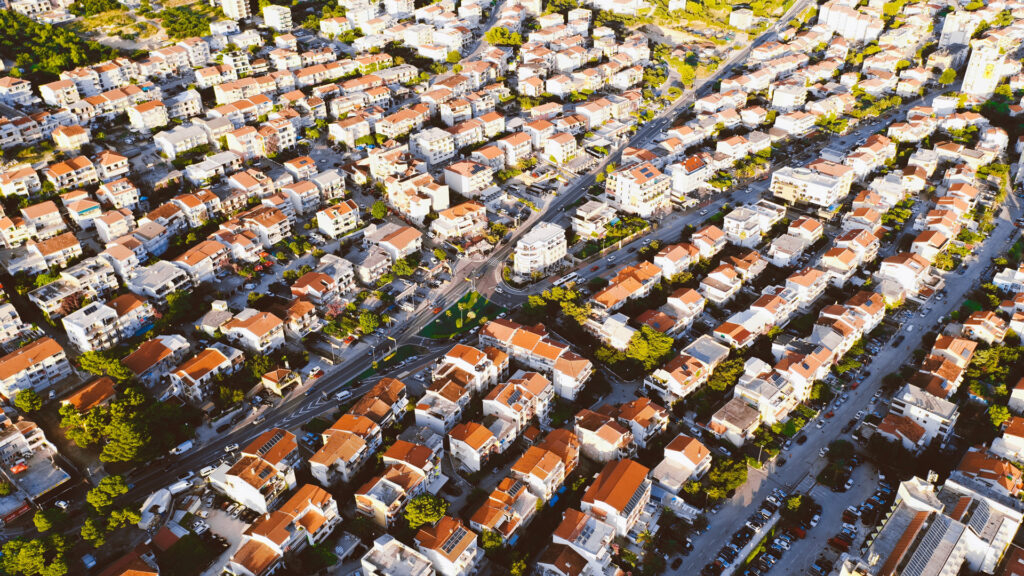How cities around the world are tackling poverty

Some cities are tackling extreme poverty by using innovative programs in order to help homeless people to settle their lives.
Five smart city trends expected for 2025

Author | Elvira Esparza How will smart cities evolve in the near future? Although predicting the future carries some uncertainty, this year’s trends clearly point to the increasing integration of artificial intelligence in core functions such as traffic management, urban planning, and citizen engagement. The ultimate goal is to build more efficient and resilient urban […]
Mastering mobility: costs and benefits of the sustainable transition

Light electric vehicles (LEVs) are rapidly becoming a key component of modern urban mobility, with significant growth expected in the industry over the coming years. In Europe, LEVs are already outselling electric vehicles (EVs), with the market projected to triple by 2030 and double again by 2040. In 2022 alone, 10 million LEVs were sold in Europe, nearly three times the number of EVs sold that year.
Is it possible to save suburbs from themselves?

Suburban living implies many challenges. How can technologies and policies be helpful to improve its sustainability?
Unexpected risks of urban wildfires: How smoke and soot threaten cities

Author | Elvira Esparza Urban forest fires are more hazardous because the materials burned release far more than just soot and ash, emitting a complex mix of toxic pollutants. The rising incidence of forest fires due to climate change highlights their severe consequences for both public health and urban environments. During forest fires, the burning […]
Singles and urbanism: towards cities with fewer couples

Living alone is one of the silent trends affecting today’s urbanism. It may be hard to believe, but the phenomenon has implications that go beyond the demographic sphere. How is it affecting cities and their economies?
Zero emissions trains: are they worth the hype?

Author | Raquel C. Pico Sustainable transportation is one of the key priorities on the list of sustainable development goals. The movement of people, raw materials, and products continues to grow, making reduction a highly complex challenge. As a result, the focus is on developing green transportation and sustainable mobility with a minimal carbon footprint—or, […]
Mastering mobility: LEV batteries

Light electric vehicles (LEVs) are rapidly becoming a key component of modern urban mobility, with significant growth expected in the industry over the coming years. In Europe, LEVs are already outselling electric vehicles (EVs), with the market projected to triple by 2030 and double again by 2040. In 2022 alone, 10 million LEVs were sold in Europe, nearly three times the number of EVs sold that year.
What is the BIM methodology, and how is it transforming civil engineering and construction?

Author | Raquel C. Pico Construction is one of the world’s oldest economic sectors. Humans have needed all types of infrastructure since the beginning of time. Perhaps that is why, from the outside, the industry is often perceived as traditional and resistant to digital transformation. However, this is not entirely accurate, as new technologies are […]
Dubai is on a mission to introduce over 100 flying cars by 2026

Author | Lucía Burbano Dubai is no stranger to breaking records, especially in architecture and urban planning. Now, the city is once again making global headlines with the announcement that, as early as this year, VTOL (Vertical Take-Off and Landing) vehicles will take to its skies. These flying vehicles are at the core of the […]